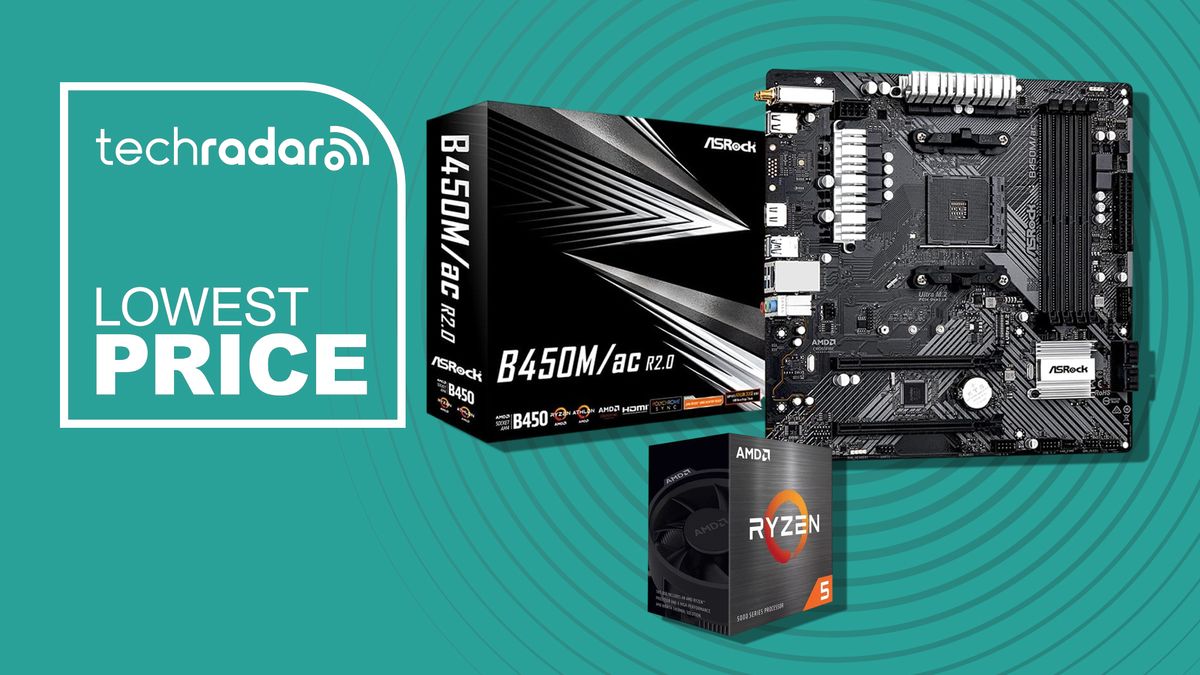HP has partnered with Google for a new virtual conferencing solution that doesn't need VR headsets or other wearables, called HP Dimension with Google Beam. Instead of glasses, it's a giant 3D-enabled display that sits on a conference desk in front of you and mimics the feeling of interacting with someone just a few feet away. It also costs $25,000.
Previously called Project Starline, HP's Dimension with Google Beam promises to be "AI-powered," which refers to algorithms in charge of adjusting the size, depth, color and even eye contact of the participants. The technology works via six cameras placed around a curved "light field" display. We previously explored these Google Beam AI models, which Google has likened to a "magic window."
Currently, the advanced 3D technology only works with Zoom Rooms and Google Meet. HP says its testing has shown that HP Dimension with Google Beam has led to a 28% increase in memory recall and at least a 14% increase in focus in participants.
Google Beam's AI recreation models.
James Martin/Google"HP Dimension with Google Beam is one of those rare combinations where design and technology come together to enhance the experience of connection," reported raig Durr, Chief Analyst and Founder of The Collab Collective. "I've had the opportunity to test it myself, and what stood out wasn't just the eye contact or audio quality, it was the unmistakable feeling of presence."
Andrew Nartker, General Manager of Google Beam, said that, "HP Dimension with Google Beam needs to be seen to be believed, making it feel as though you are in the same room, even when you are miles apart. We are excited to bring distributed teams together in a way that feels just like meeting in person, and HP is a perfect partner for this."
The virtual interaction is only part of what the conferencing setup can do. It can also switch to a mode for 2D traditional group meetings, or support viewing with standard third-party meeting apps like Teams and Webex.
Companies interested in getting one of these powerful displays will be able to order one later in 2025, as long as they're willing to pay that $25,000 price. That's quite steep for conferencing technology primarily designed for two people, but maybe some businesses really want that lifelike eye contact with their business partners.
HP did not immediately respond to CNET's request for comment.










 English (US) ·
English (US) ·